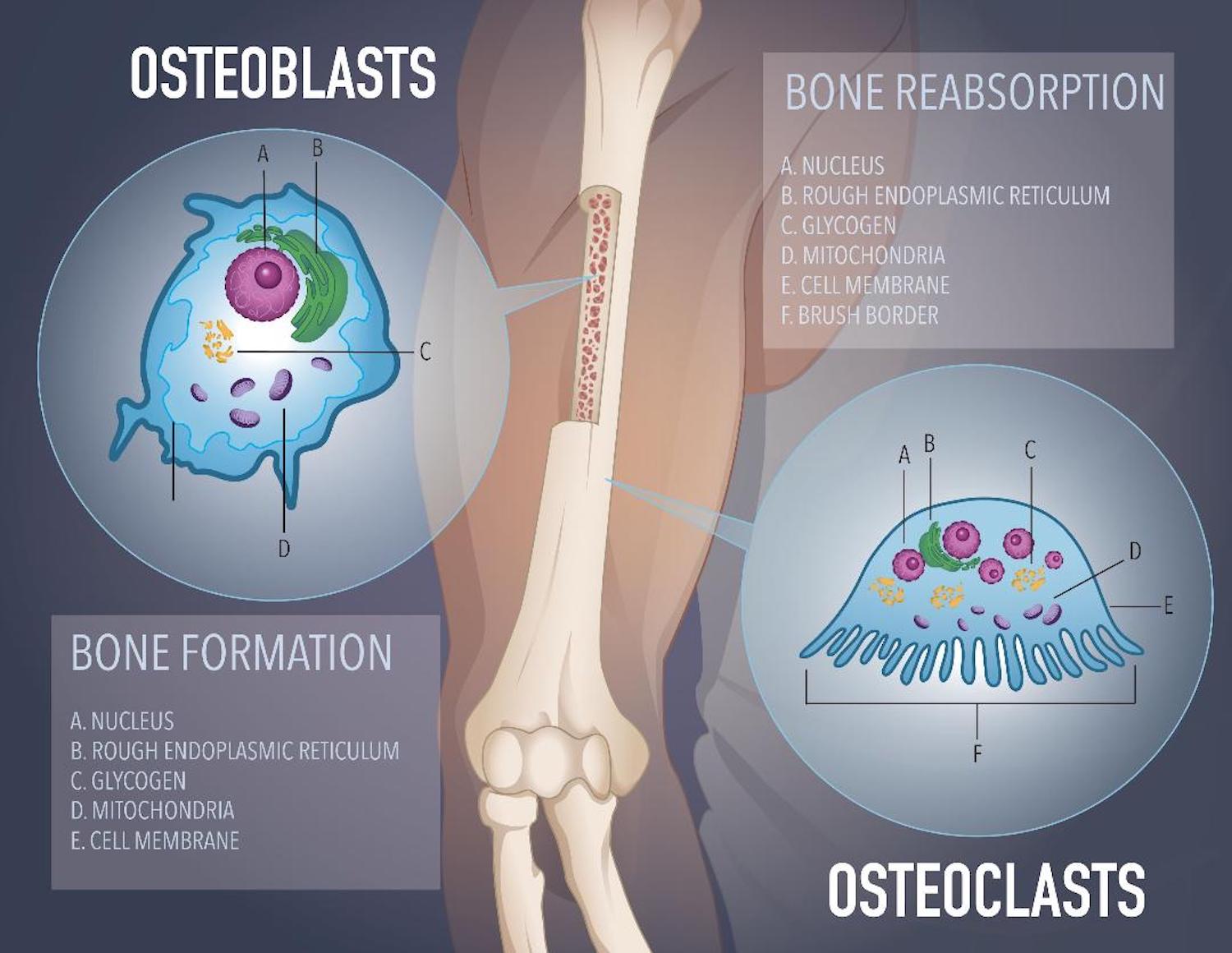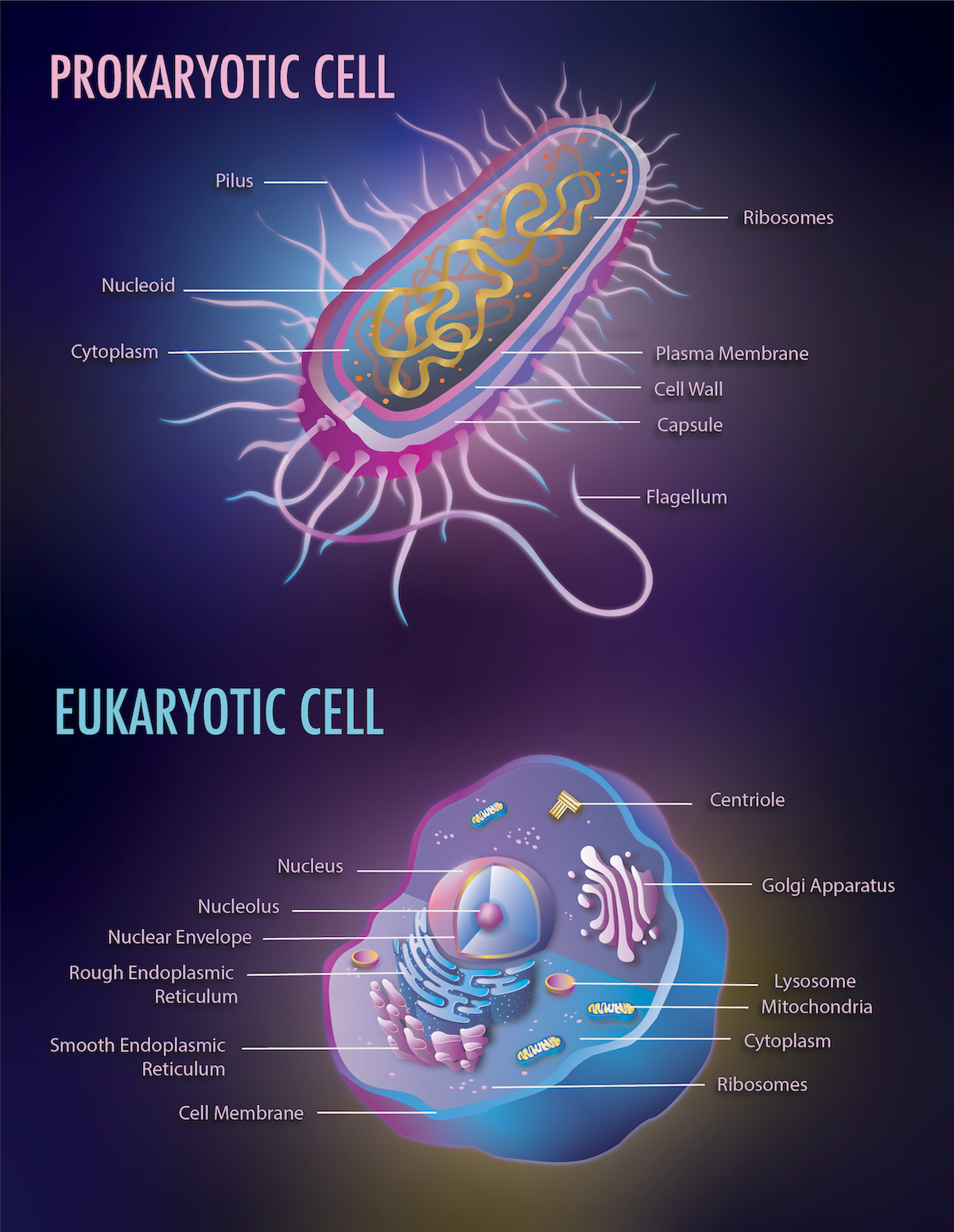Alan Gesek
Visiting Lecturer
Bio
Alan Gesek is a Medical Illustrator and Adjunct Professor of Art and Design at the College of Art and Design at Rochester Institute of Technology in Rochester, NY. He currently is teaching several different foundational art and design classes, and collaborates with many different clients on a variety of freelance projects. Through his medical illustrations Alan’s goals are to create stunning graphics, while helping a client or patient better understand an anatomical or scientific concept.
Currently Teaching
Featured Work
Medical Illustration Artwork
Alan Gesek
Illustrations done over the years showcasing a scientific or medical concept. Illustrations are started traditionally in graphite, scanned and digitally painted and illustrated in Adobe Photoshop with...
Computer Applications in Medical Illustration (Graduate)
Student
Medical Illustration students learn a variety of techniques and processes of scientific visualization. This is through learning Adobe Illustrator and Photoshop software, and applying that knowledge...
Computer Applications in Medical Illustration (Undergraduate)
Student
Medical Illustration students learn a variety of techniques and processes of scientific visualization. This is through learning Adobe Illustrator and Photoshop software, and applying that knowledge...








